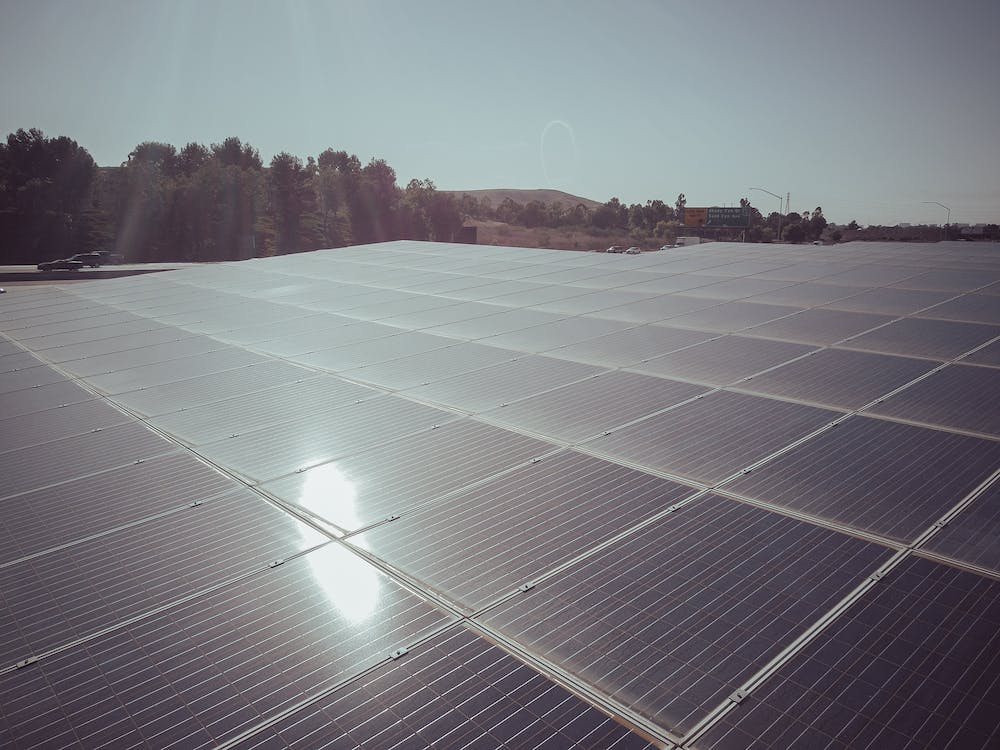California’s Solar Incentive Prospects: Insights for Apartment Dwellers
The use of rooftop solar panels has become a familiar sight on single-family homes, offering homeowners a chance to generate their electricity and even earn back compensation for excess power. However, a significant development is on the horizon in California, where the California Public Utilities Commission (CPUC) is scheduled to vote on November 16th to potentially reduce these solar incentives. This decision is poised to have significant implications, not just for property owners but for renters in apartment complexes as well.
The prospect of installing solar panels on apartment buildings has gained momentum in recent years as part of the broader push toward sustainable and environmentally friendly energy solutions. Just as homeowners have been able to reap the benefits of rooftop solar, apartment complexes have also been exploring the feasibility of such installations. These initiatives have not only reduced the carbon footprint of these buildings but have also helped lower energy costs for tenants, making apartments more attractive to environmentally conscious renters.
However, the impending CPUC vote on reducing solar incentives has cast a shadow of uncertainty over these developments. While the specifics of the potential reduction remain to be seen, it’s clear that any reduction in incentives could impact the financial feasibility of solar projects on apartment rooftops. This, in turn, could affect the ability of apartment owners and managers to offer affordable and sustainable living options to their tenants.
For renters, the implications are significant. Apartment complexes that have already invested in solar panels may see a reduced return on investment, which could, in turn, lead to less attractive rental terms for tenants. Reduced incentives could slow down the adoption of solar technology in the rental market, making it harder for renters to access the benefits of clean energy and lower electricity bills.
On a broader scale, this potential reduction in solar incentives in California raises questions about the state’s commitment to renewable energy and environmental sustainability. Solar power has played a crucial role in California’s efforts to reduce greenhouse gas emissions and combat climate change. Any reduction in support for solar initiatives could hinder the state’s progress in achieving its clean energy goals.
It’s essential to recognize that the decision made by CPUC on November 16th will have far-reaching consequences, not just for apartment owners and renters but for the state’s overall energy landscape. The outcome of this vote will be closely watched by stakeholders across the board, from environmental advocates to real estate professionals.
In conclusion, the impending CPUC vote on potentially reducing solar incentives in California has raised concerns about the future of solar installations on apartment rooftops. While the specifics are yet to be determined, the impact on renters and the broader clean energy landscape could be significant. The outcome of this decision will undoubtedly shape the path forward for sustainable energy initiatives in the state.






